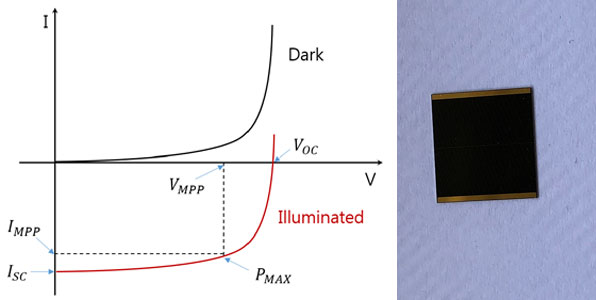With the progress of human exploration of space, people have higher and higher requirements for spacecraft. The spacecraft is required to have the characteristics of long life and multi-function. Due to the diversification of spacecraft functions, it is necessary to provide more energy for satellites. At present, the energy required by spacecraft is mainly divided into two categories: the first is the fuel energy to maintain the attitude and orbit of spacecraft; The second type is the electrical energy required by the spacecraft to perform its functions. The electric energy required by spacecraft is mainly provided by solar cells and batteries. Because most of the electrical energy of spacecraft is provided by solar cells, it requires solar cells to have high photoelectric conversion rate to provide sufficient electrical energy and reduce the weight of solar cell array. At the same time, spacecraft will experience complex space environment during on orbit operation, including high vacuum, microgravity, thermal cycle, charged particle radiation, atomic oxygen erosion, space dust and debris, and plasma and other extreme space environment, which will have a serious impact on spacecraft.

This space solar cell requires not only high photoelectric conversion efficiency, but also the ability to resist extreme space environment. As a direct band gap semiconductor material [1-2], GaAs has a band gap of 1.42ev, which is close to the ideal band gap of solar cell materials and is an ideal material for solar cells. In order to better absorb the solar spectrum, materials with different band gaps are made into laminated multi junction solar cells, and each layer of materials absorbs the spectrum of a specific wavelength. The multi junction GaAs solar cells prepared based on this theory have the characteristics of photoelectric conversion efficiency and radiation resistance. They are very suitable for space solar cells. Therefore, at present, space solar cells are mostly multi junction GaAs solar cells.